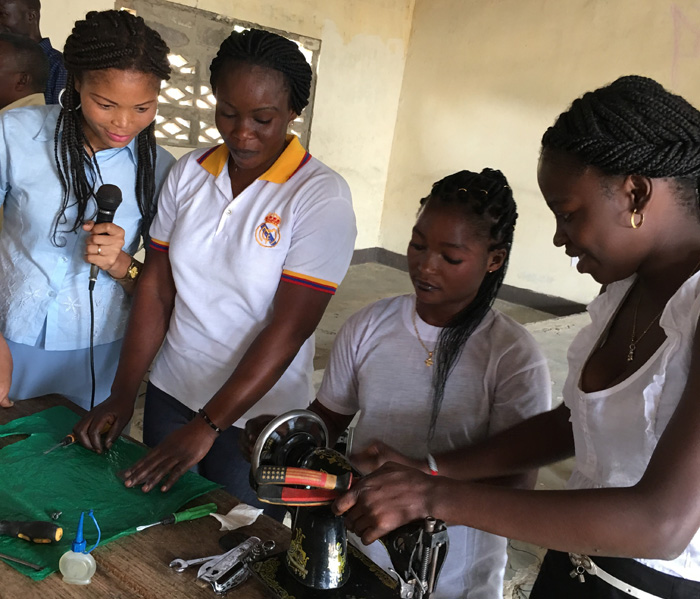Village News
African Connections – Part Two

A travelogue series on Mennonite places
ED note: Last week we heard how the Eidse family and later the Schellenberg family moved from Manitoba to Africa. Africa is not on most of our travel lists, but it should be! I wonder, should we expand the Mennonite Heritage Village to somehow include the African Mennonite story – that they are not alone, but that we recognize their very real struggle for holistic peace? We now conclude with a village’s response to the Schellenberg’s request to live among them and with a list of reasons to visit Mennonites in Africa.
After a while they turned to us, “If God has sent us a message, we want to hear it. Our women are willing to teach you how to become Senufo so that you will know how to share this message with us.”
There under the thatch that shielded us from the Sahel sun, this auspicious beginning of mutual collaboration and respect rooted us in a connection that would endure many tests. In very little time they constructed two one-room sleeping huts and a kitchen hut for us in the Kartasso chief’s oldest son’s courtyard. Along with learning language, we effectively learned to redefine concepts like “privacy.” We learned from our hosts that in its place a much more useful notion is “interdependence.”
Recently we wanted to return to Kartasso and to the Tagba Senufo region for the dedication of the New Testament now fully translated into their language of Sicite. However, that area is now in full proximity to Al Qaeda terrorist activity. The Evangelical Mennonite Church of Burkina Faso (EEMBF) is firmly planted. These Mennonites will lead in this test, a new one that other contemporary global Mennonites may not have faced.
I never understood that being Mennonite meant knowing specific traditions around ethnic European food, nor that one can be identified as Mennonite by a Dutch/Prussian sounding family name (a confusion I have only encountered in North America). Growing up Mennonite on the continent of Africa I only know that Mennonites hold a deep conviction that we share the food we have and open our family to include all, just as I have been adopted by them. We are not now the same people we were, after living among African Mennonites, growing from their guidance, standing together in solidarity and friendship. If you visit Mennonites in Africa, you will be embraced and they will enrich your life, even as you encourage them by mutual connection.
I’m thinking the biggest reason to visit Mennonites in Africa is to learn from how they apply their faith in the midst of adversity – persecution and poverty. How the Congolese say they live by miracles.
Other reasons to visit Mennonites in Africa:
- To encourage them that we are Christ’s worldwide community. We are with them in solidarity and friendship as we get to know them personally, mutual edification and fellowship across cultural divides and sharing vision.
- To experience and perhaps learn the importance of joyful celebration.
- To experience enthusiastic welcome, embrace and belonging to community.
- To see that the majority of Mennonites in the world are not of European ethnic origin. Being Mennonite is about faith, not ethnicity.
- To see how relevant and valued is the Anabaptist biblical interpretation of peace witness.
My story concludes the purpose of this series, with a small slice of context and a bit about people in Africa. Hopefully it has enticed you to now take a different kind of trip and experience the rich connections to be enjoyed with Mennonite sisters and brothers in Africa!




